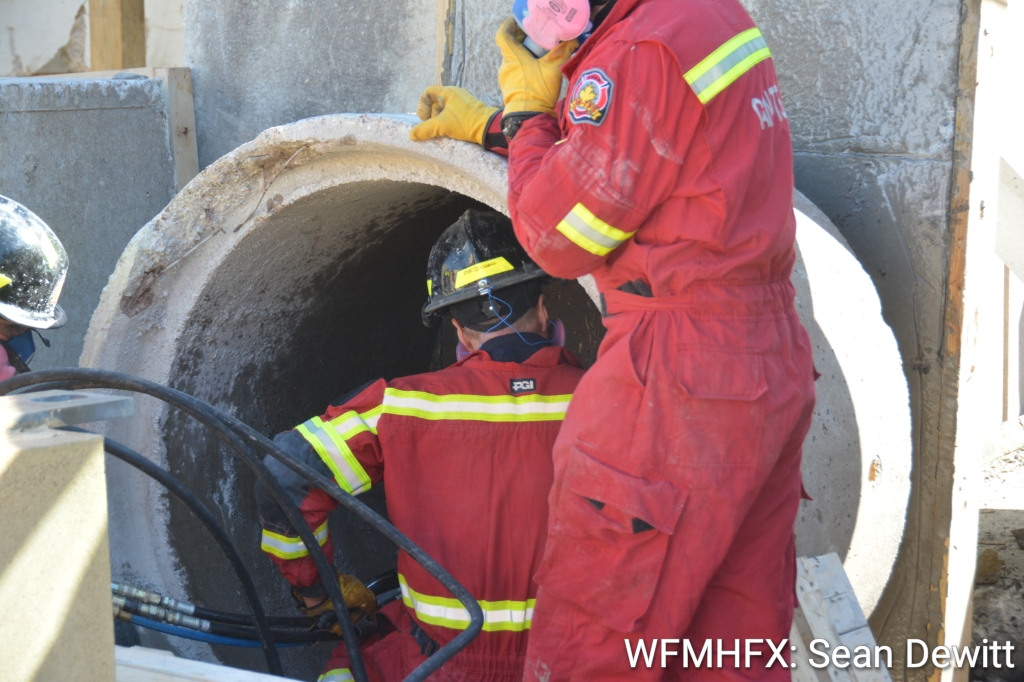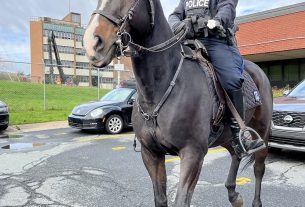Members of Canada’s Task Force 5 HUSAR team were on scene of a very realistic training exercise, an accumulation of training on specific tasks such as search and rescue and machines, leading up to a full fledged realistic exercise testing their knowledge, their grit, and their determination.
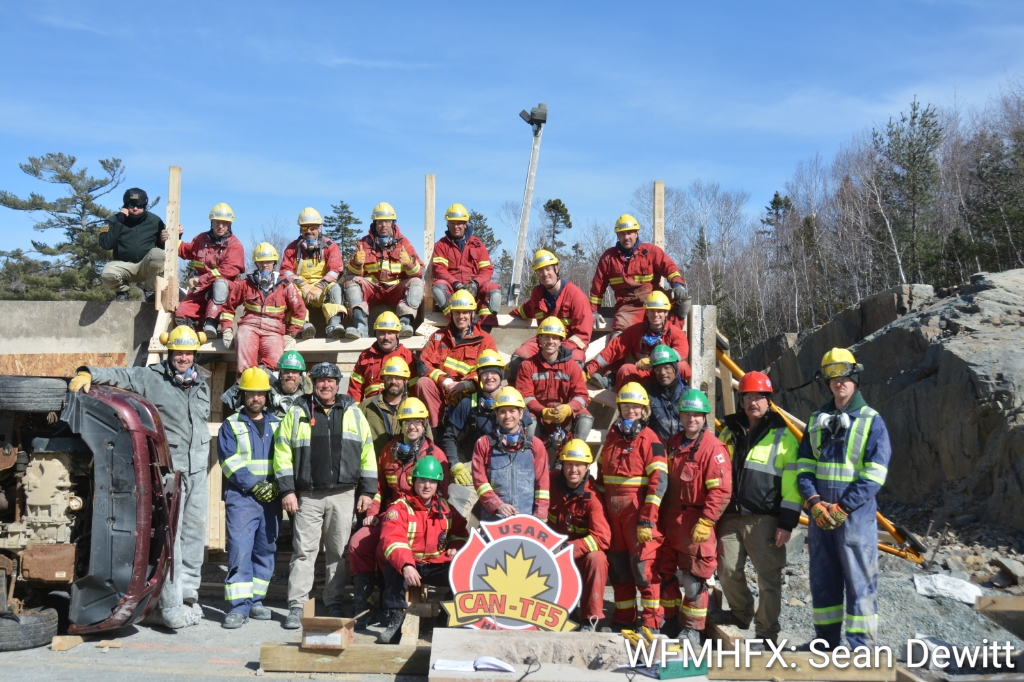
Please note: A repost of the original HUsAR coverage is included below this scenario post, which will explain who and what the HUSAR team is and what they do.
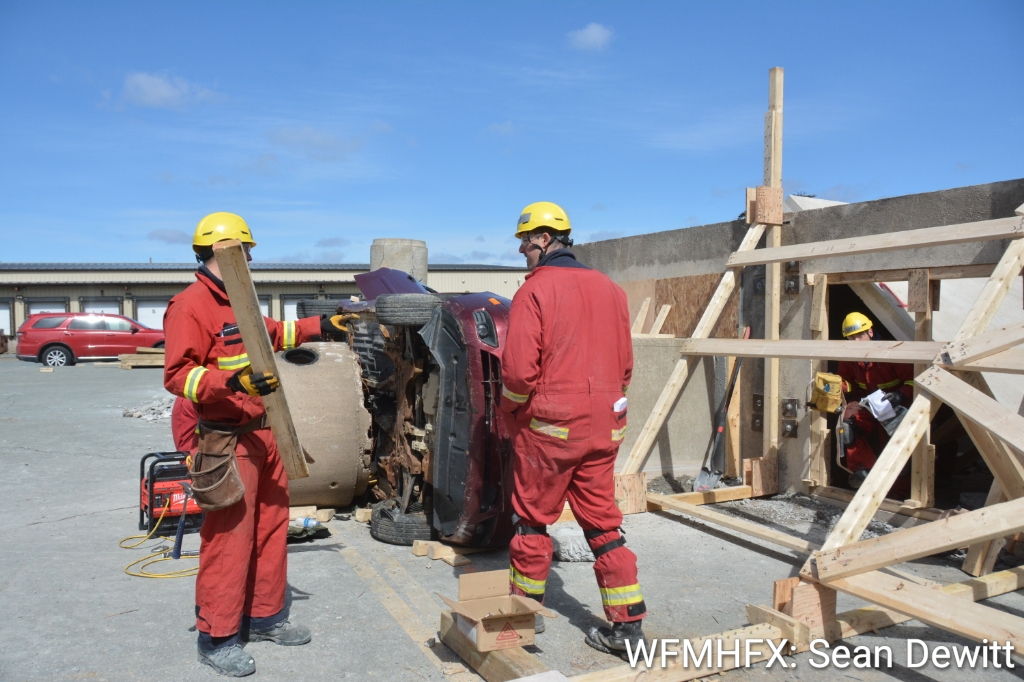
In this gruelling training exercise, the team on scene, mostly made up of newer members of the HUSAR unit, were put to the test in a collapsed building situation. A very dangerous scenario involving heavy concrete, blind corners and dark areas, and multiple unknowns faced the crew as they arrived on scene and began the daunting task at hand.
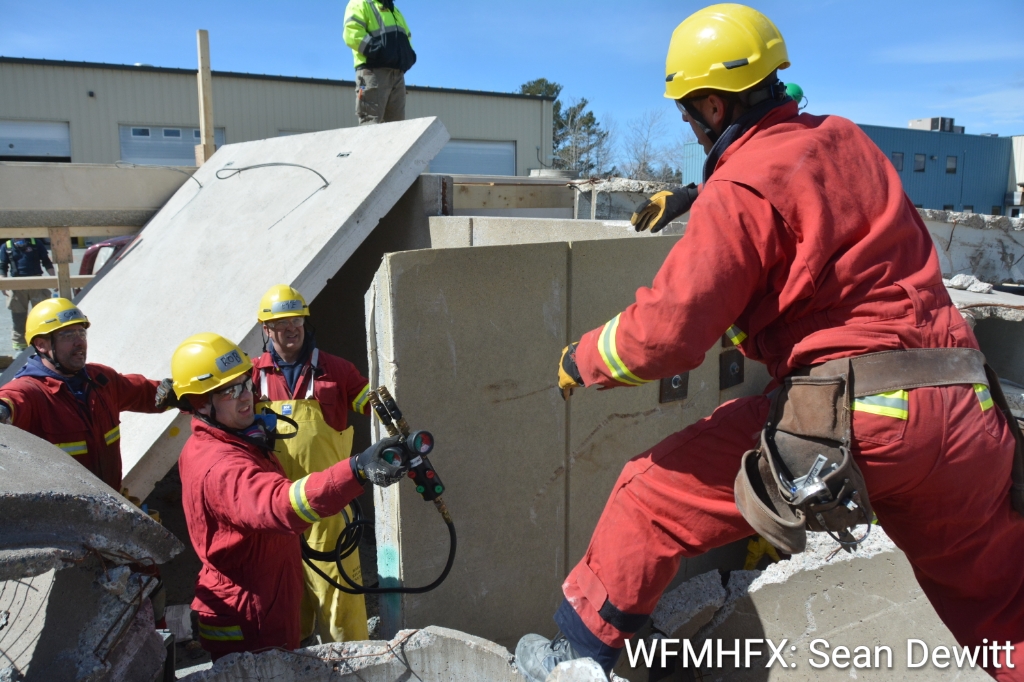
Having very limited information, the crews first did exterior evaluations of the scene, broke into teams and began their task. Noticing hazards such as unbalanced concrete, weak walls, fuel from a crashed vehicle and such, the teams took to securing the area which included on the scene construction of wall braces, a simple but extremely important task, and looking for possible entry points.
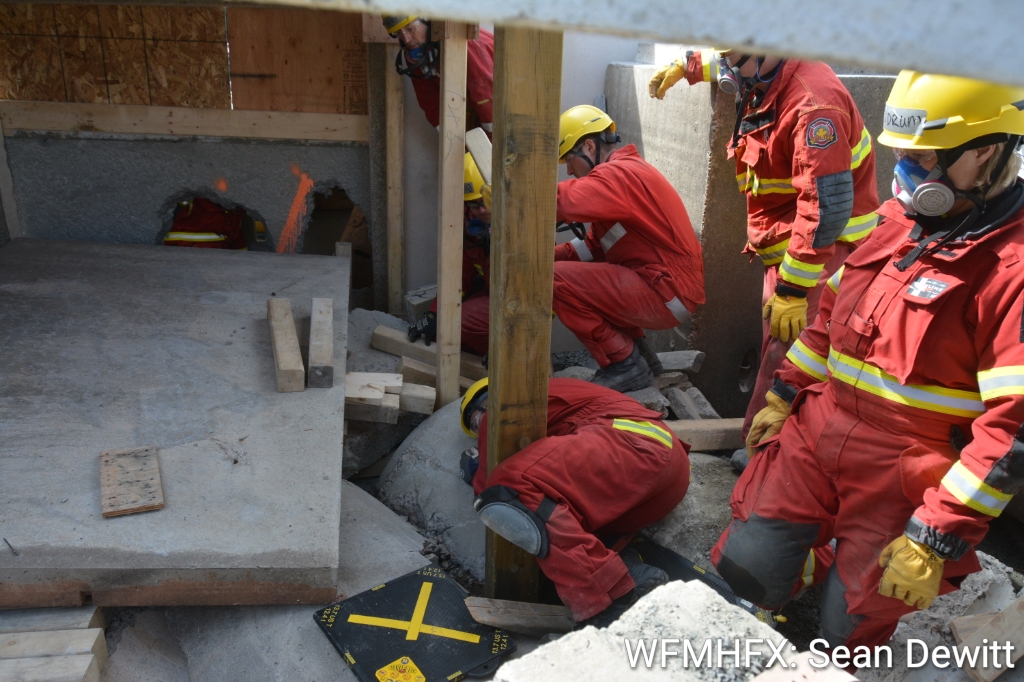
A possible idea of where one victim may have been lead the team to actually cut through a sideways car pinned against the building, saw out its insides, and cut through the roof into the wall of the collapsed structure.

A second entry point, in the rear of the intimidating pile of rubble, required a crew to saw safely through a heavy concrete pipe then send crews through a dark, narrow pipe into the structure. During the scenario, contract was briefly made with a victim who could not say where they were but could acknowledge atleast one person was inside and unable to move.
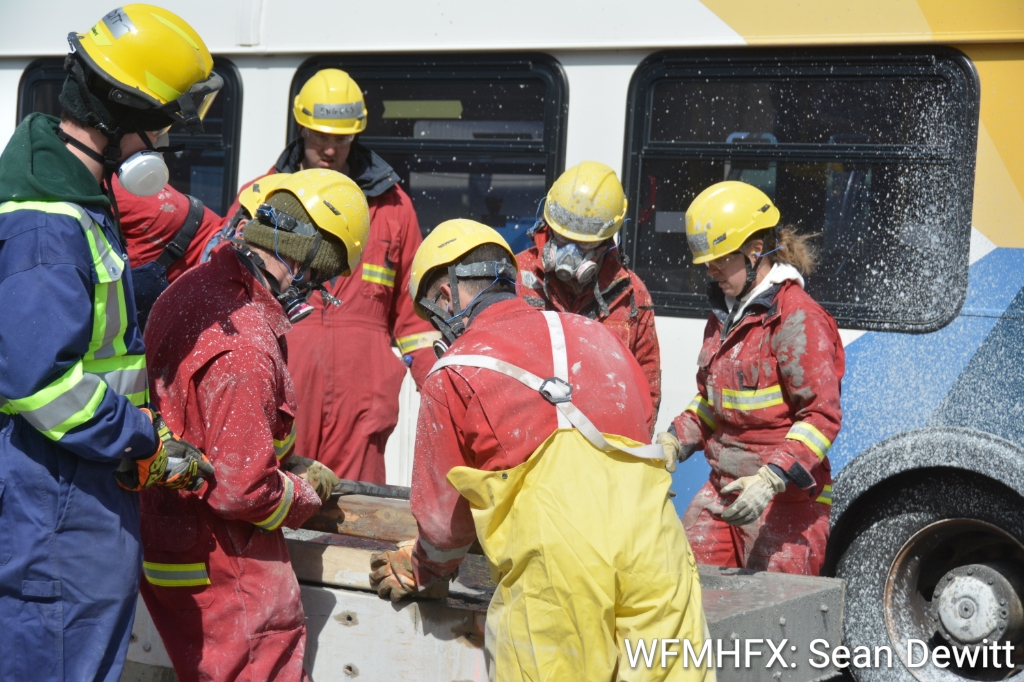
Constant communication between all teams working was vital, and the heavy workload did not shake the teams dedication to accomplishing a safe rescue. Progress was precise and, although set in dirty, loud and confined spaces at times, attention to detail and professionalism in a stressful and dangerous environment was constant and noticed as instructors kept tabs on progress and tactics, giving much praise as hours passed and progress was made one ton at a time.

In order to accomplish this task, as crews advanced so far at a time, it was vital to stop and reassess the scene. Adding supports to the structure as they drilled deeper, and in most cases building the supports within the structure itself before moving on, the work done was based on second by second observation of the scene.

Fast judgement, constant communications, and tools ranging from big and heavy to a simple wooden wedge, were all part of the progress.
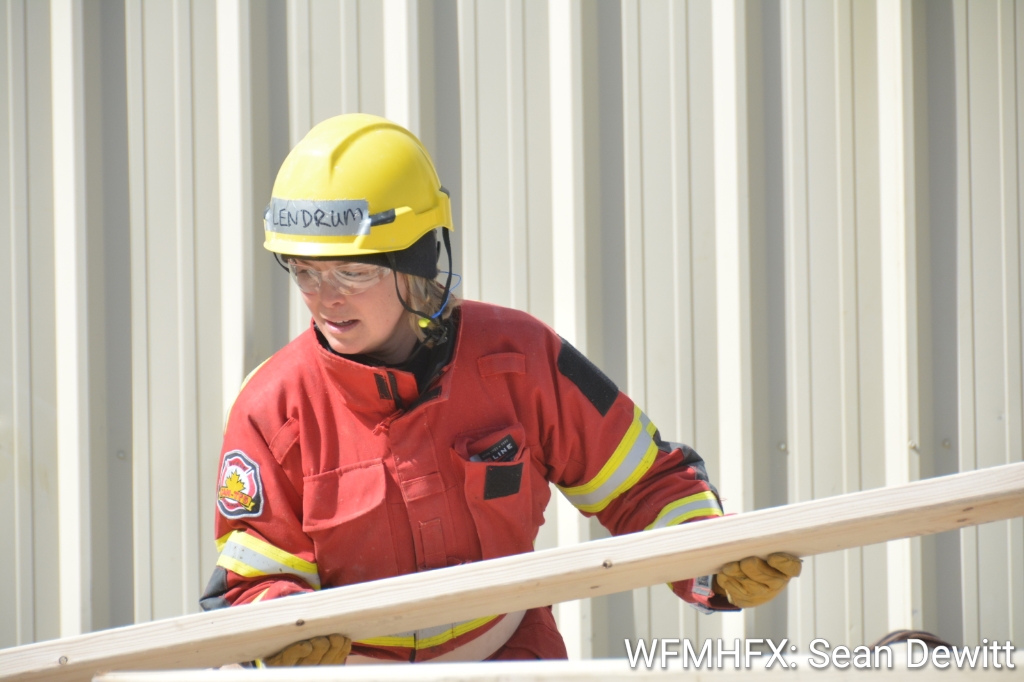
Periscope like cameras were used ahead of many operations, requiring drilling into the thick aided the crews beforehand into planning around rubble and identifying places the crews could work in. HUSAR teams have, and will continue to train on various tools and equipment, as part of their career within the special unit.
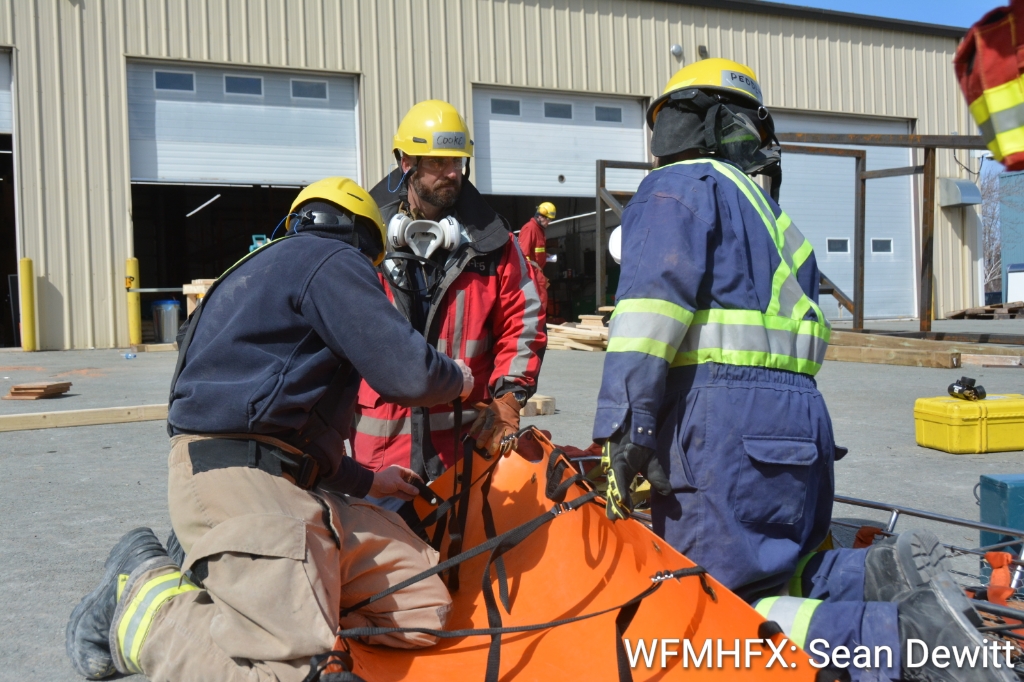
This operation took hours to accomplish and did result in two victims being rescued from the chaotic mess. In the next few days, more crews will be taking part in their continued HUSAR training, keeping their skills fresh in mind. These teams, within the HRFE, are capable of local heavy rescue and are ready to respond across North America in times of need if required.

ORIGINAL POST Below
Halifax Regional Fire And Emergency Is Gearing Up With A Renewed Program That Will Train Up To 120 Members For Extreme Rescue Conditions
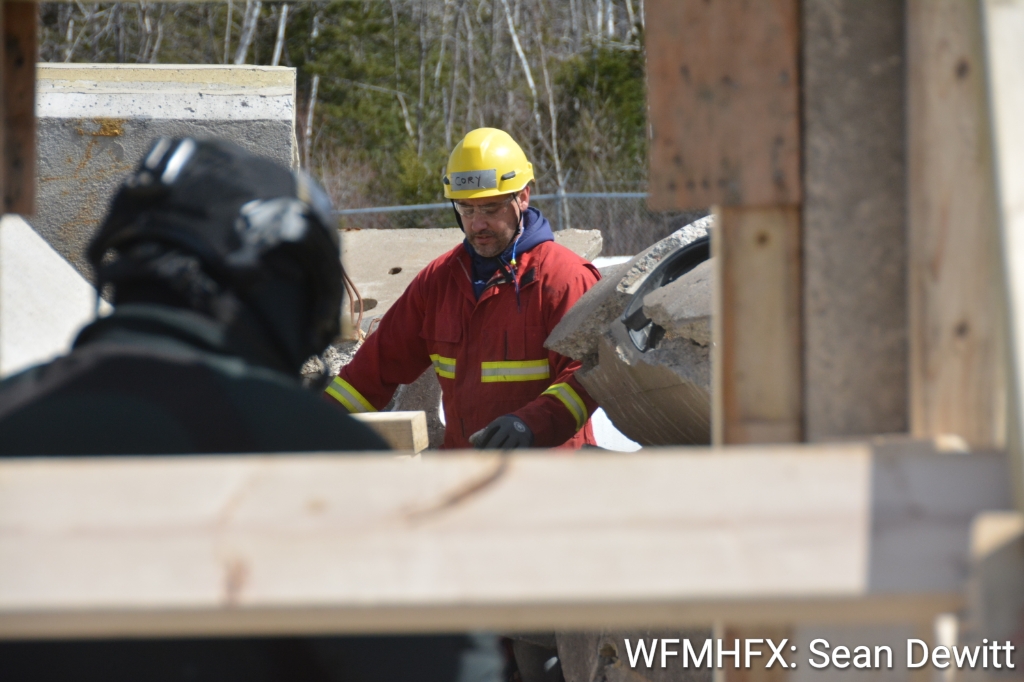
Halifax Regional Fire and Emergency is gearing up with a renewed program that will train up to 120 members for extreme rescue conditions.
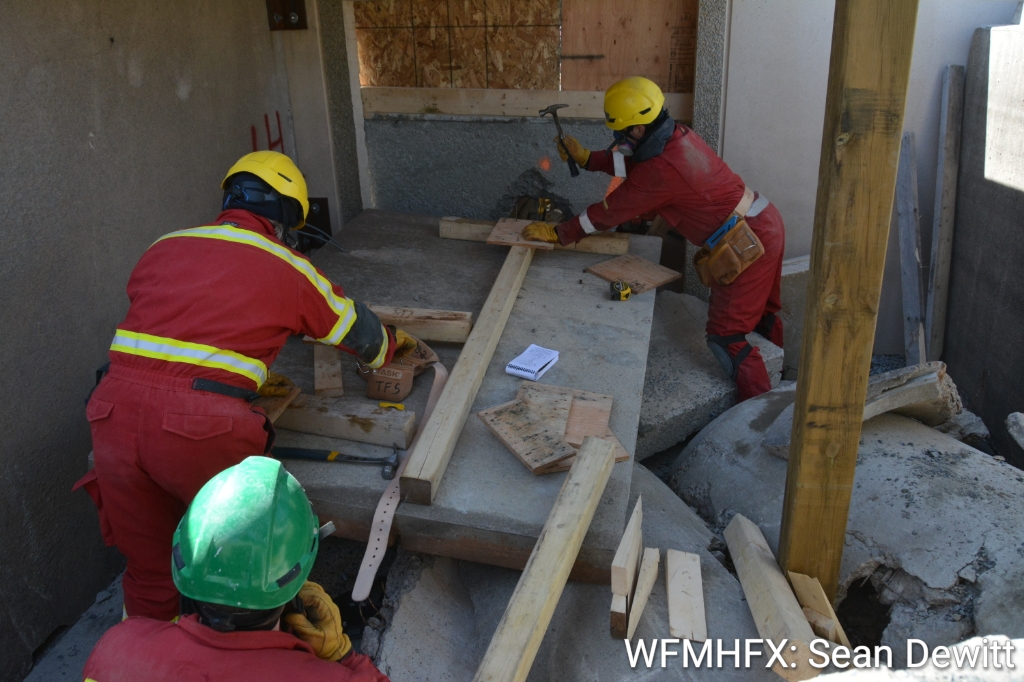
The HRFE is one of only 6 Canadian teams that will be trained in the HUSAR program, which stands for Heavy Urban Search and Rescue. This program will prepare these firefighters to perform rescues in extreme circumstances, such as building collapse, extreme flooding or fires, and other urban disasters that may demand extreme rescues or could result in mass casualty scenarios.
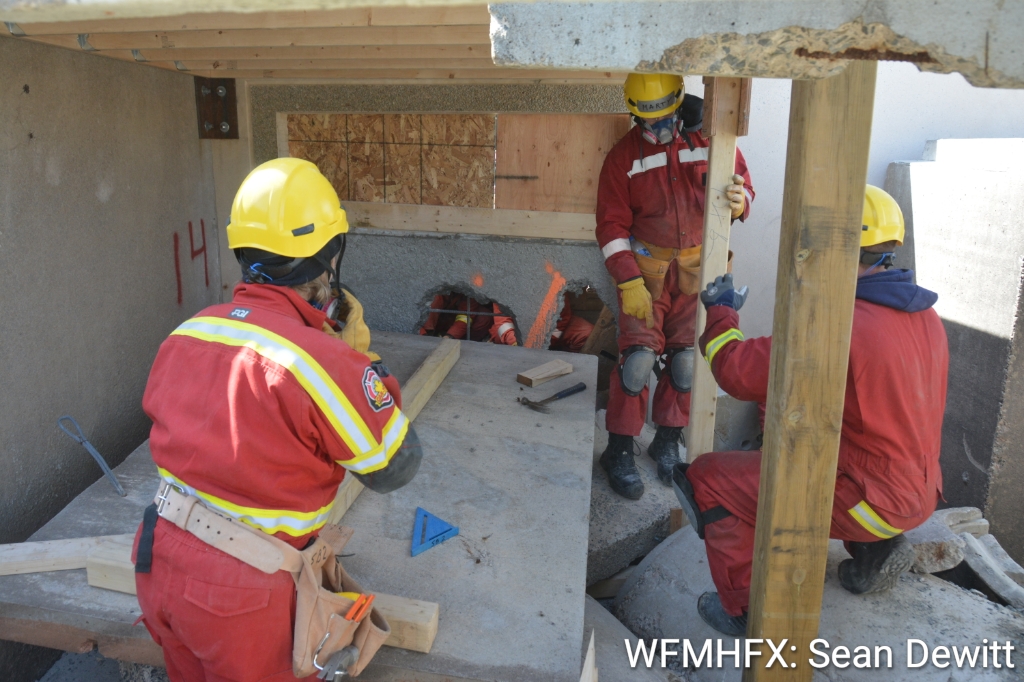
As firefighters of the HRFE face dangerous and fast changing circumstances, they have all been trained for the task at hand.

However, within the HRFE, as with many other organizations, there are specialists whose training allows them to take on and endure more perilous situations. Some examples include ice rescue teams, high angle and rope rescue teams, confined space teams, and HAZMAT specialists.
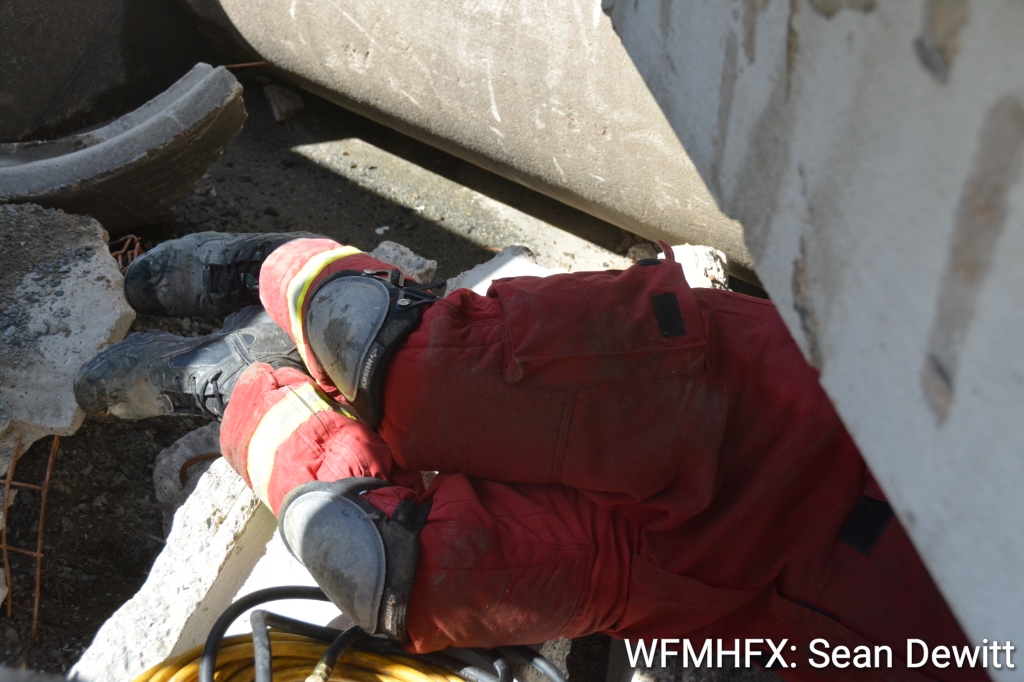
As a result, all HRFE firefighters can get the job done knowing that specialists have their backs, and this also provides peace of mind for the people they protect. The HUSAR training will include some known skills but on a much larger scale, and many new skills. This represents a great expansion in the already impressive reach of the HRFE not only locally but throughout North America.
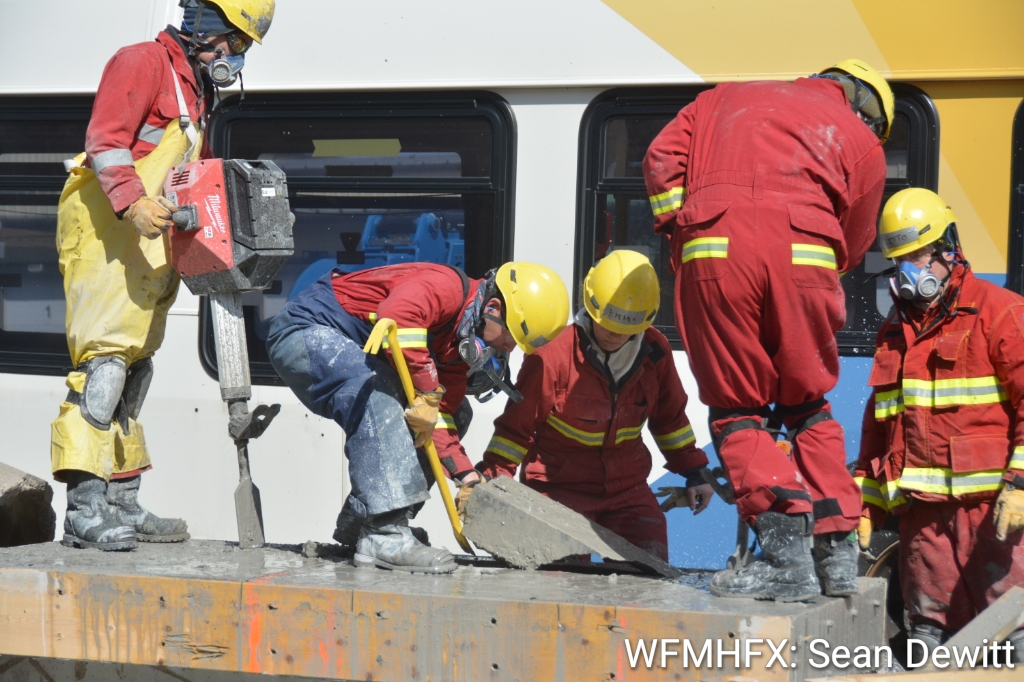
Note: This program was once a part of the HRFE and has previously trained in Calgary.
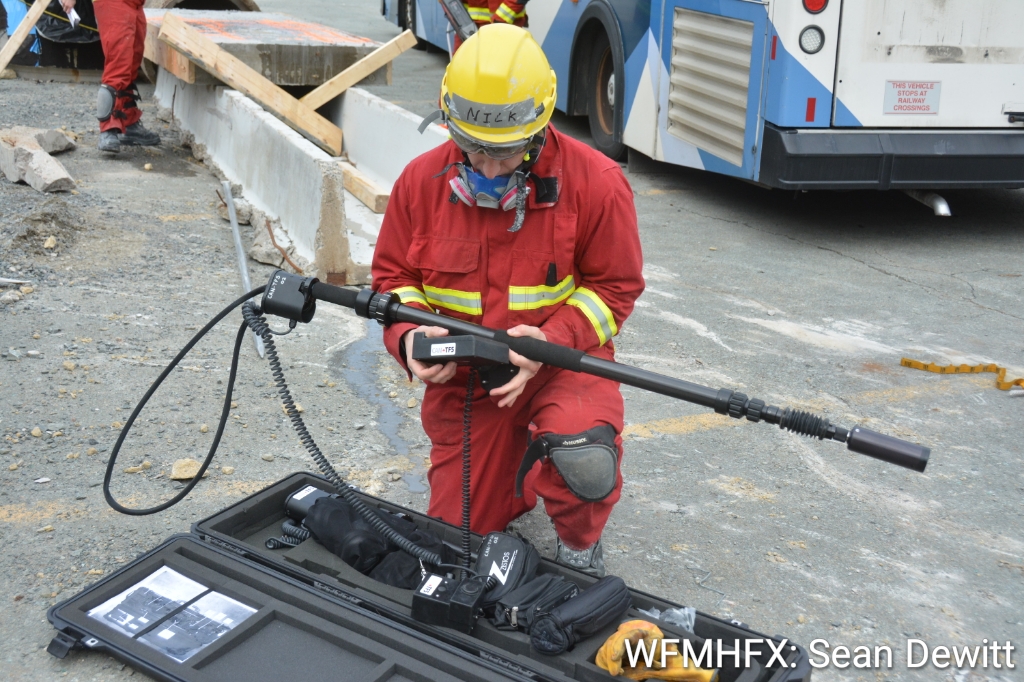
With a rise in population in HRM and worldwide, a change in the frequency of urban disasters globally, and all the new and updated programs, skills and equipment training available, the HRFE eagerly brought this program back after 10 years.

Previously trained firefighters from the older program are just as excited as the many new participants. We wish those firefighters who are traveling today for all of us to undergo this harsh but incredibly useful training the best of luck!

.

.
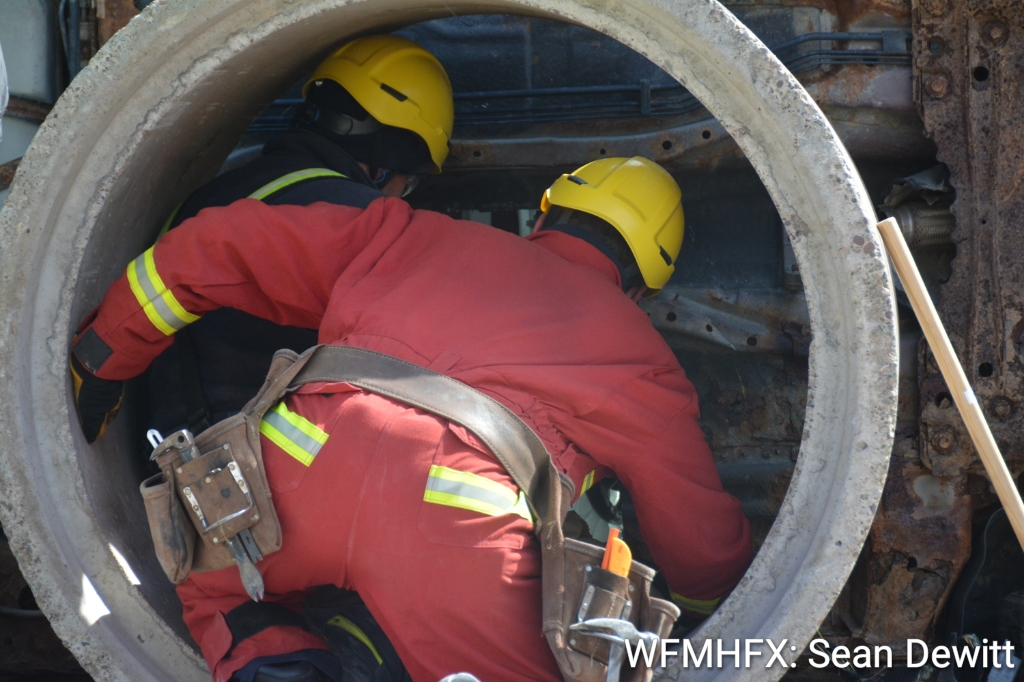
.
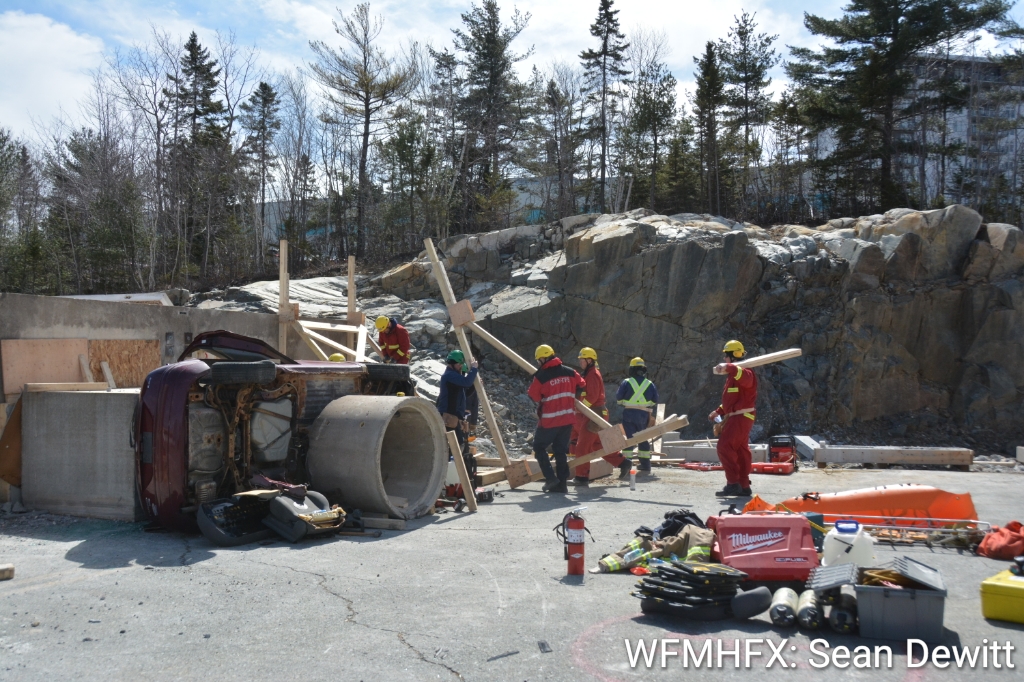
.
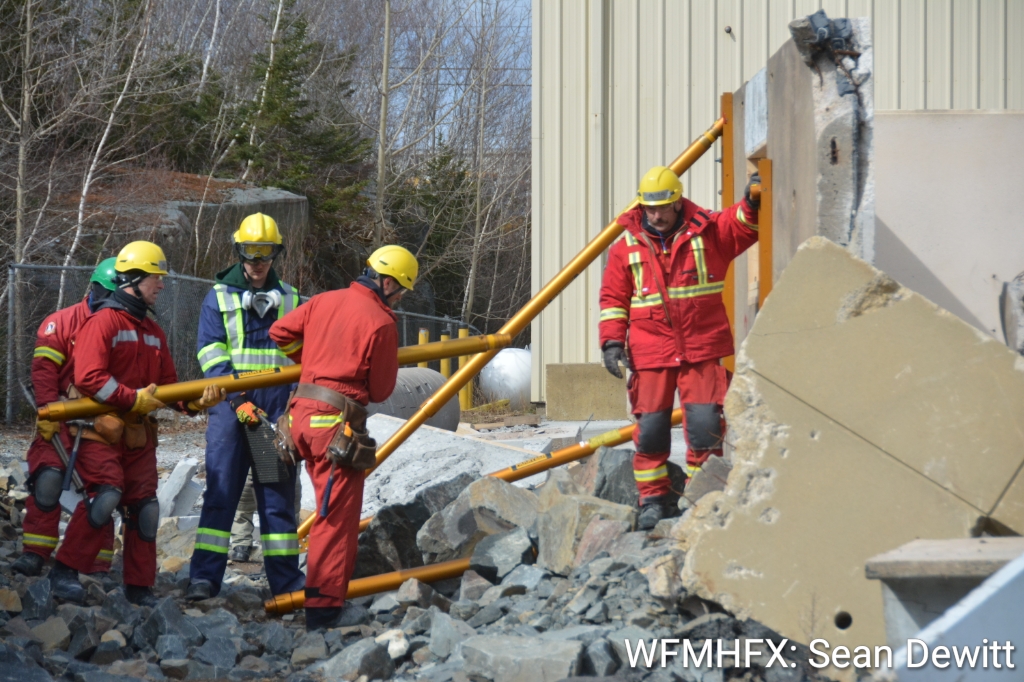
.

.
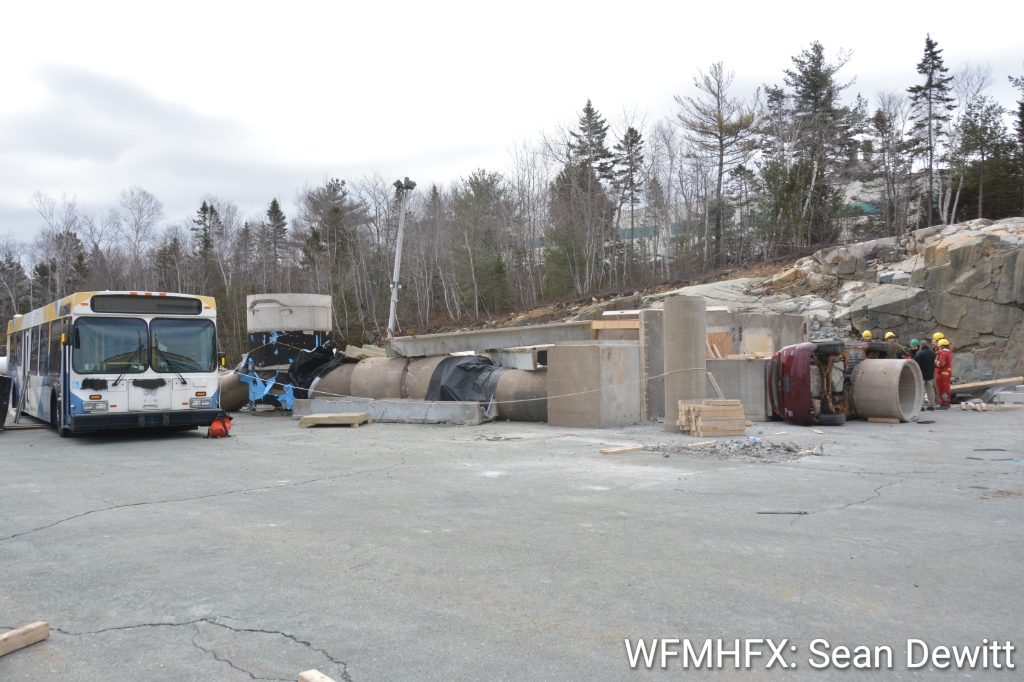
.
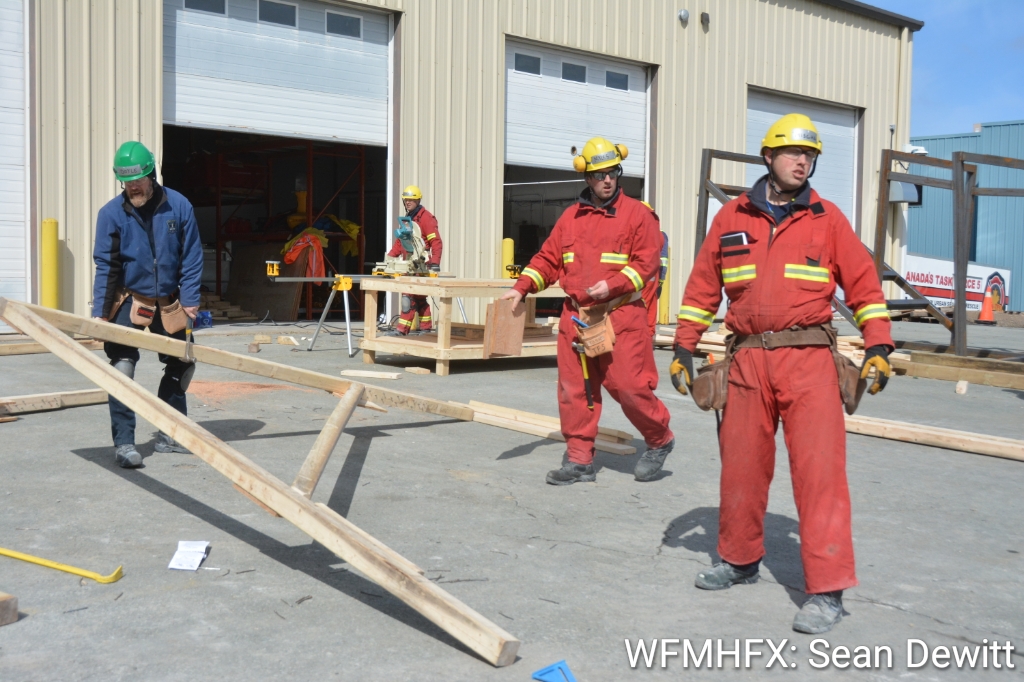
.

.
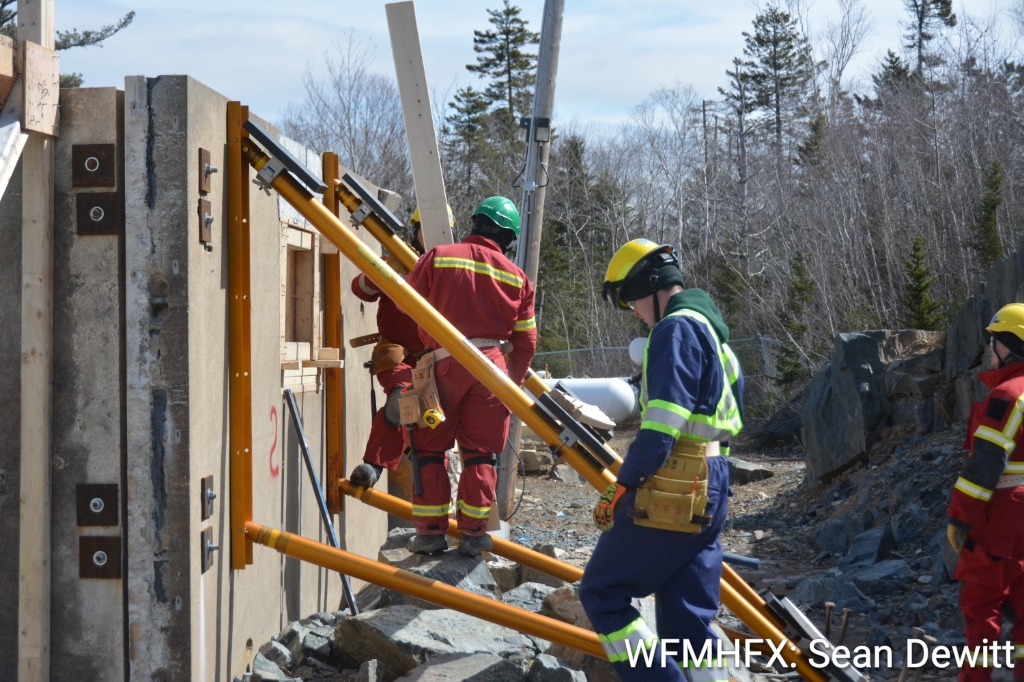
.
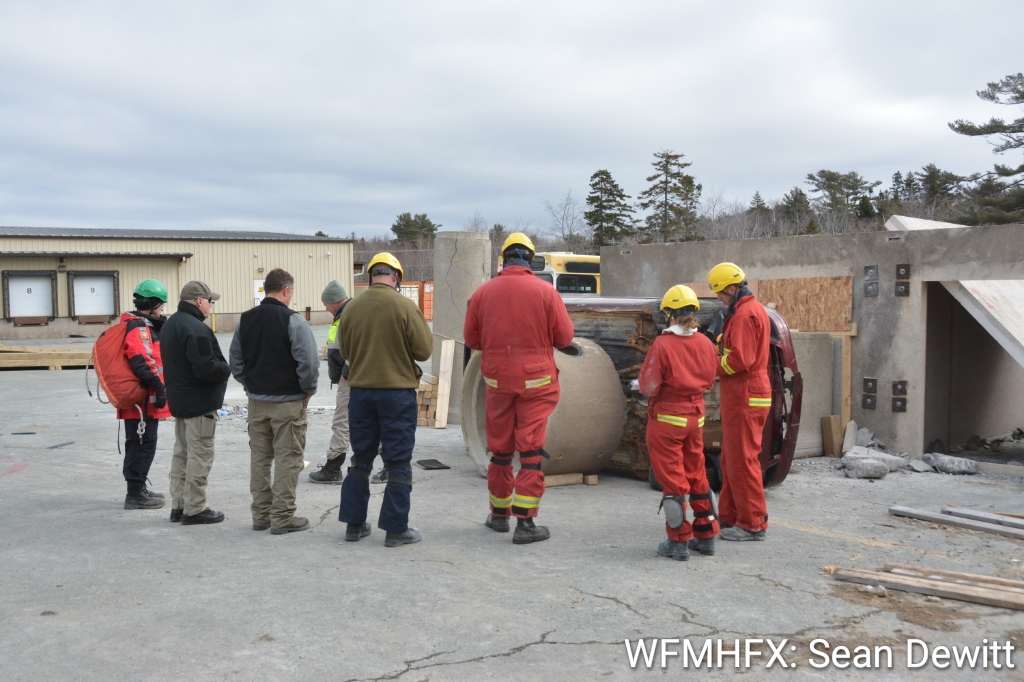
.

.
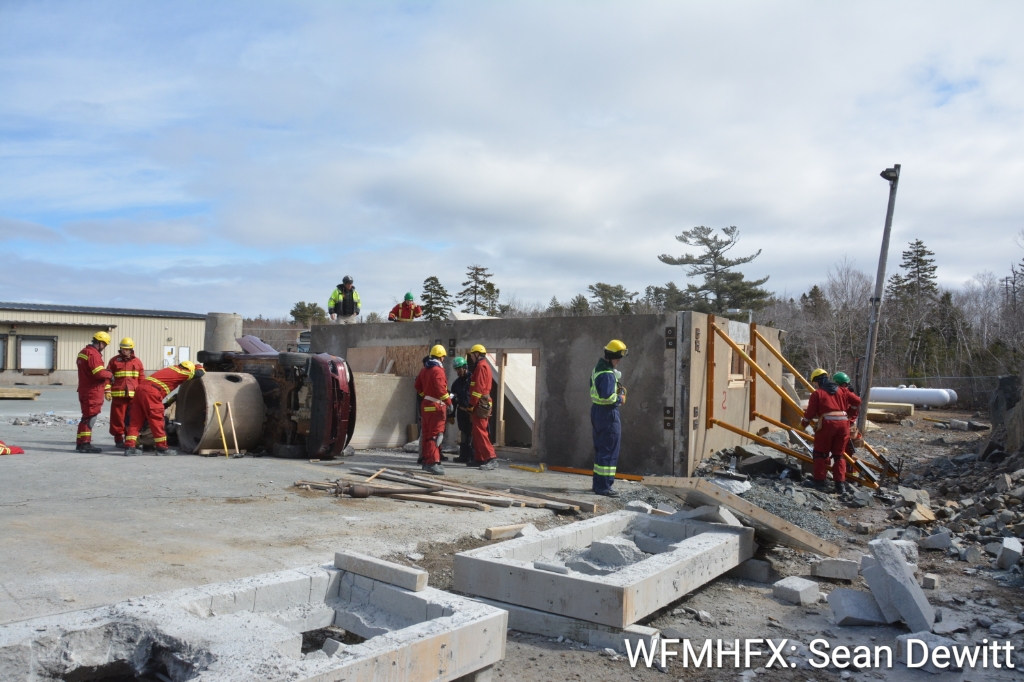
.
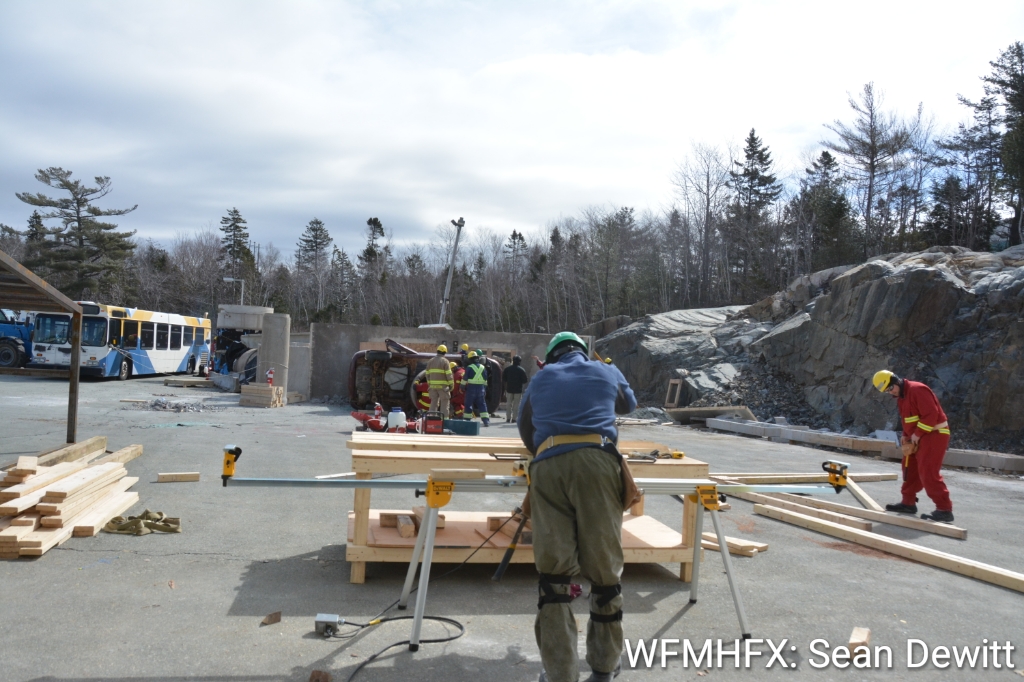
.

.

.
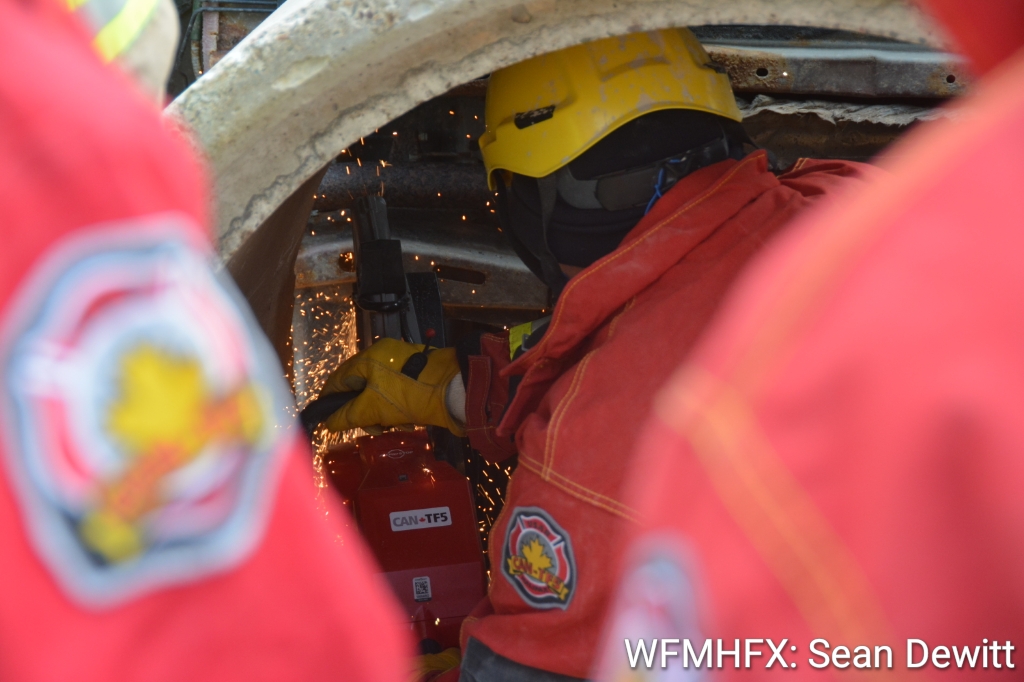
.
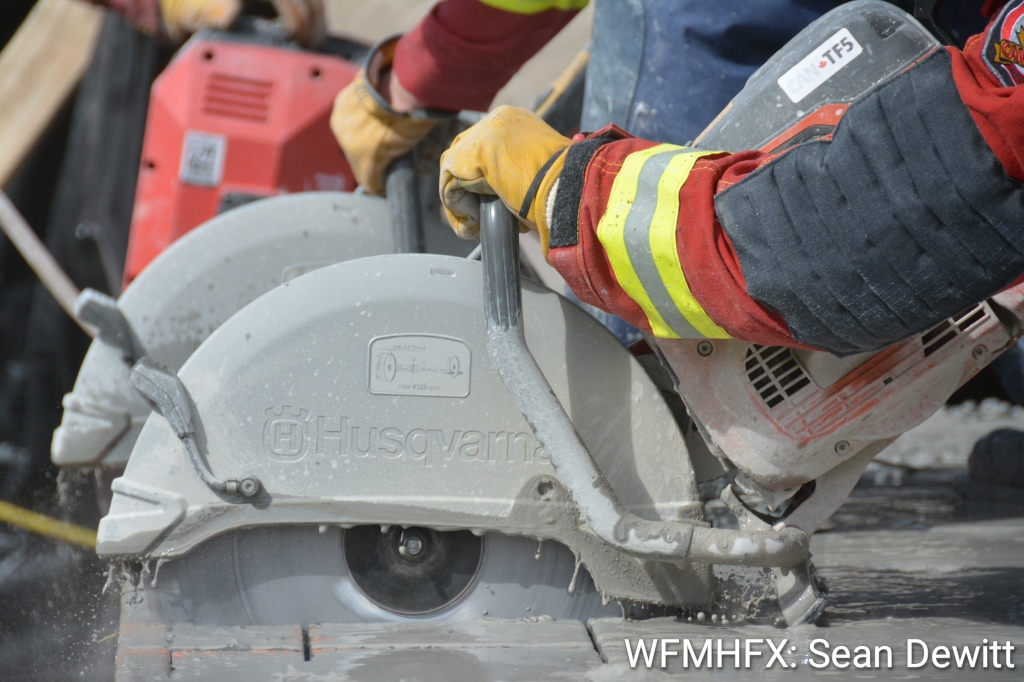
.
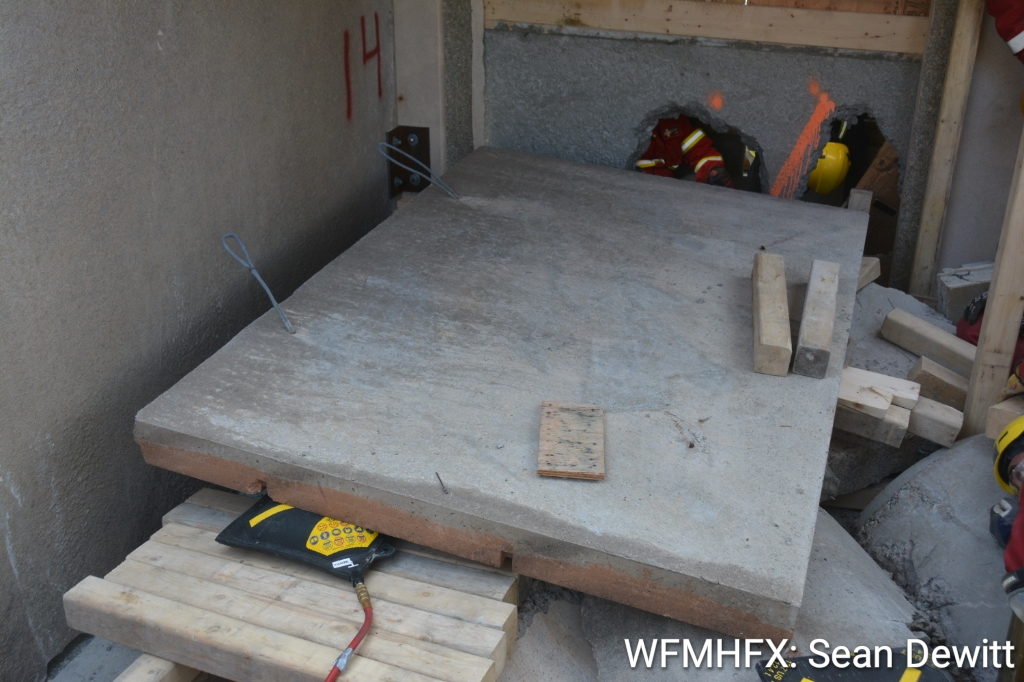
.

.
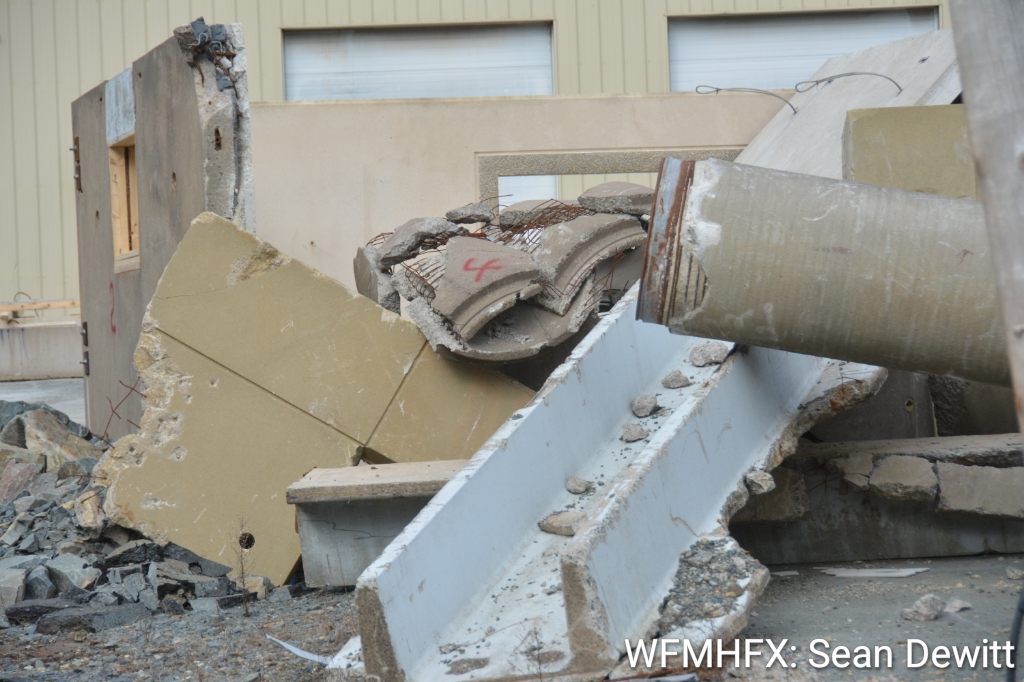
.
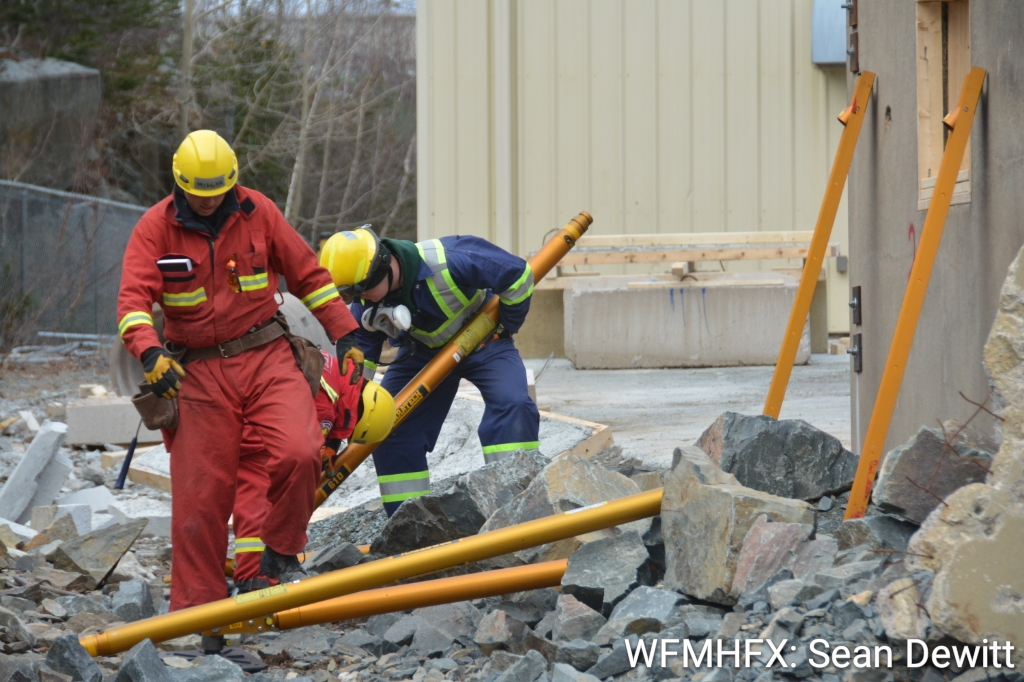
.
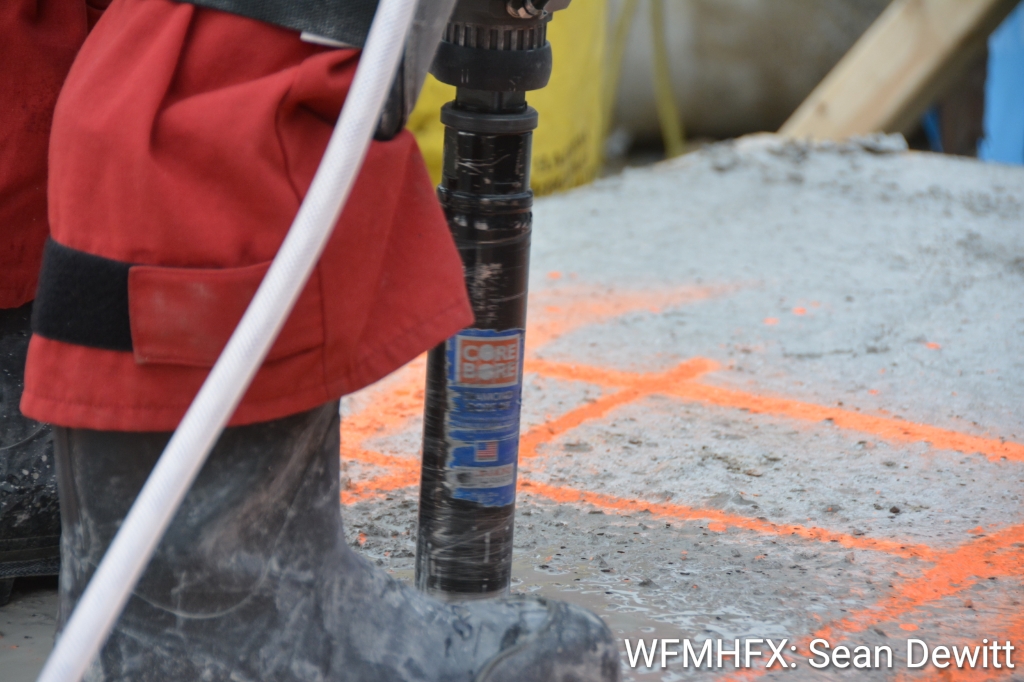
.

.

.
Making the scene – photos contributed

.

.
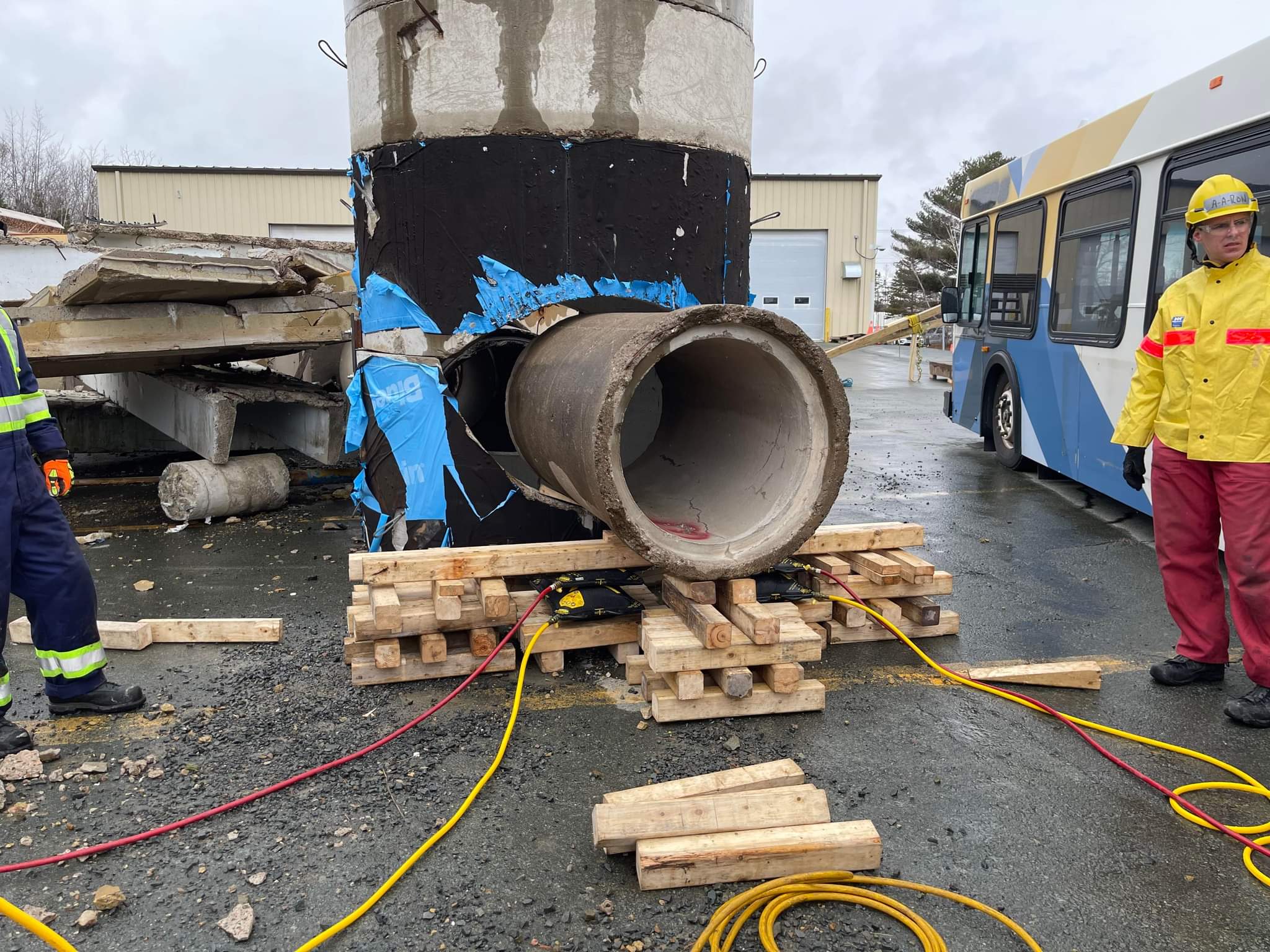
.
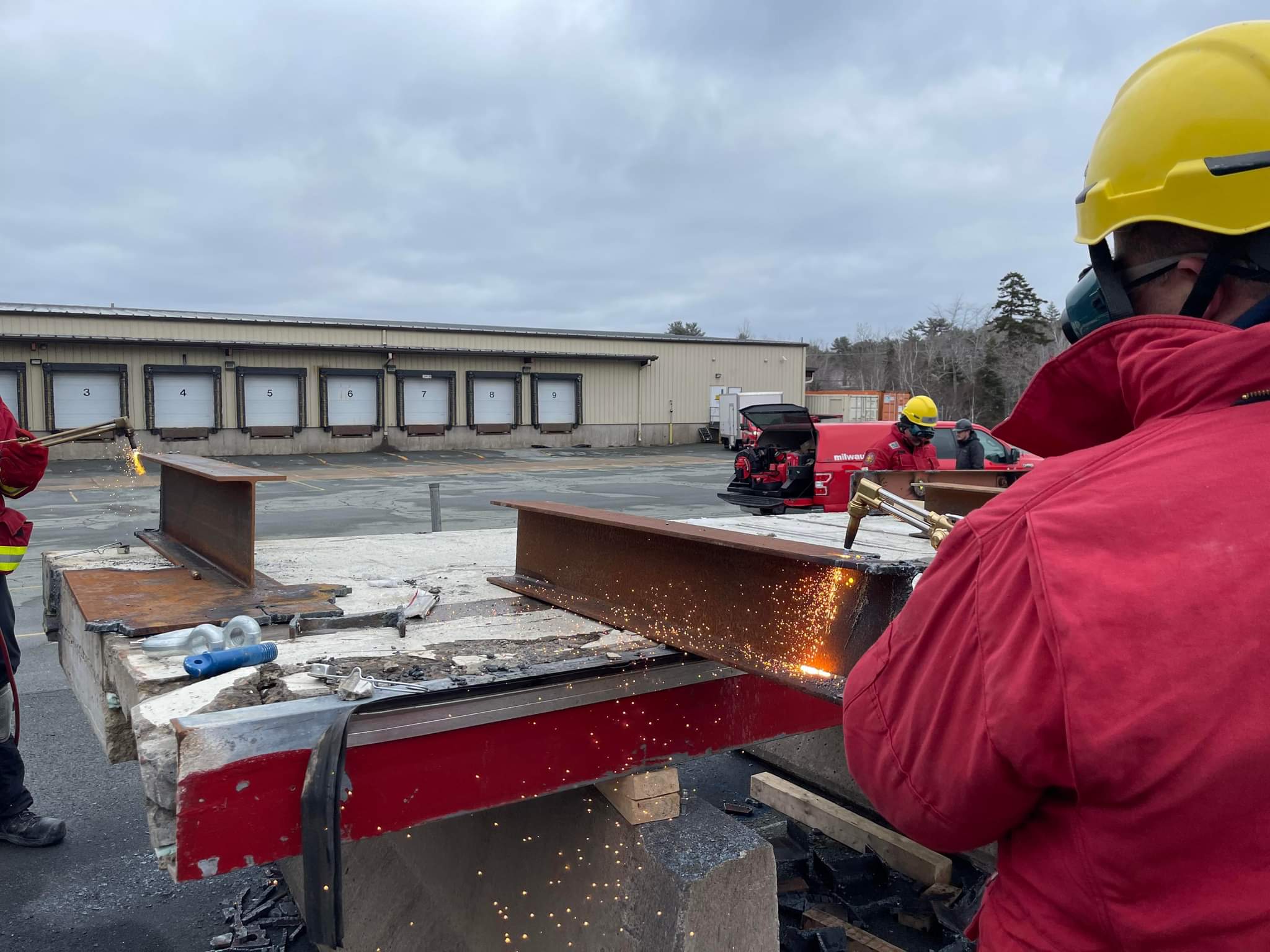
.
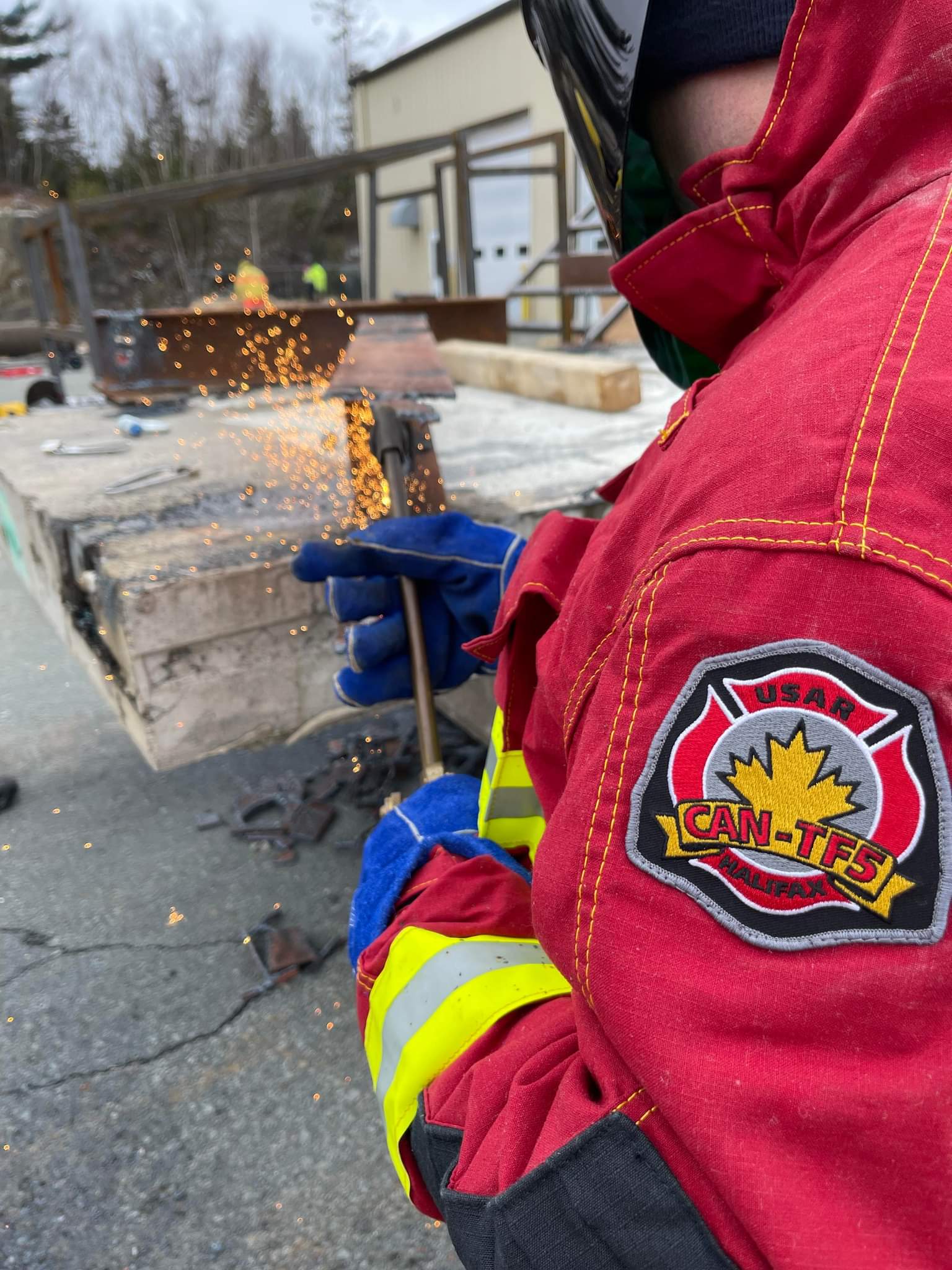
.

Second scenario

.
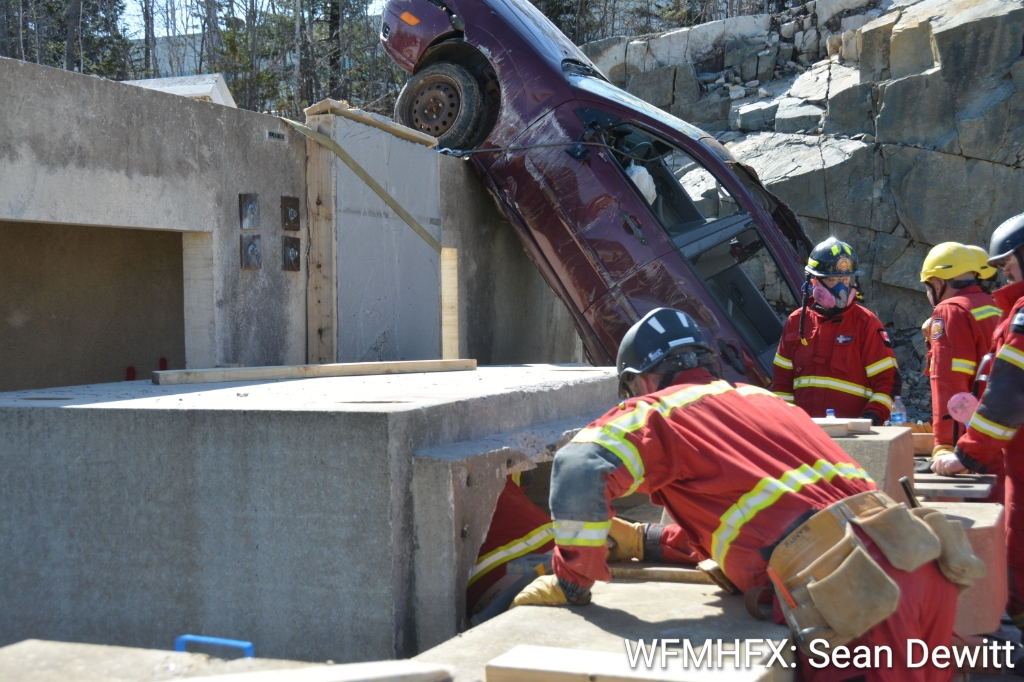
.
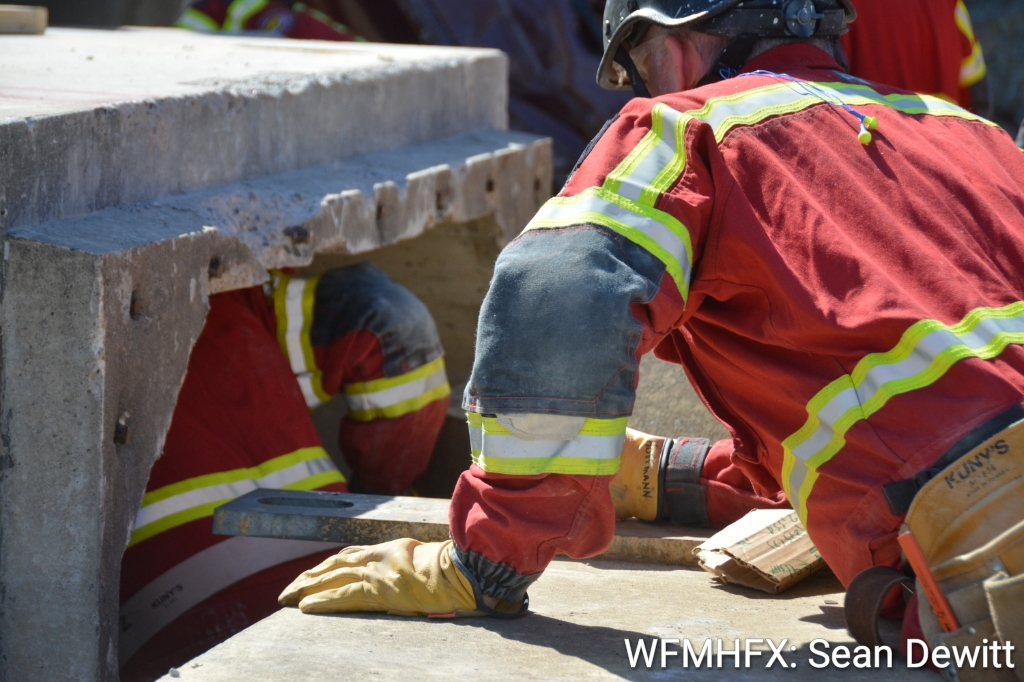
.

.
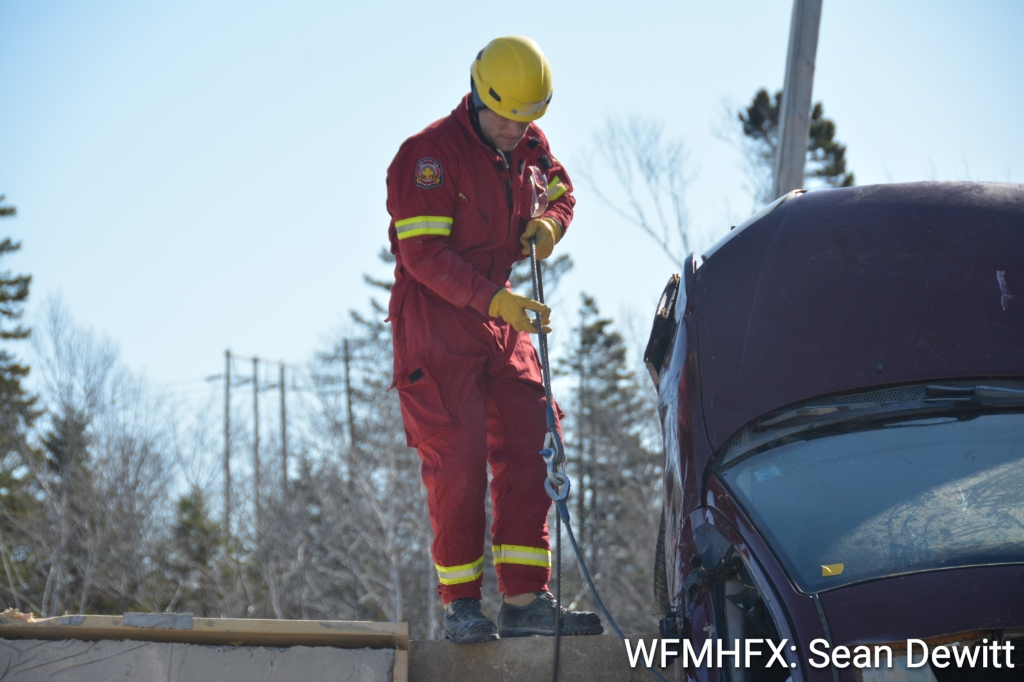
.
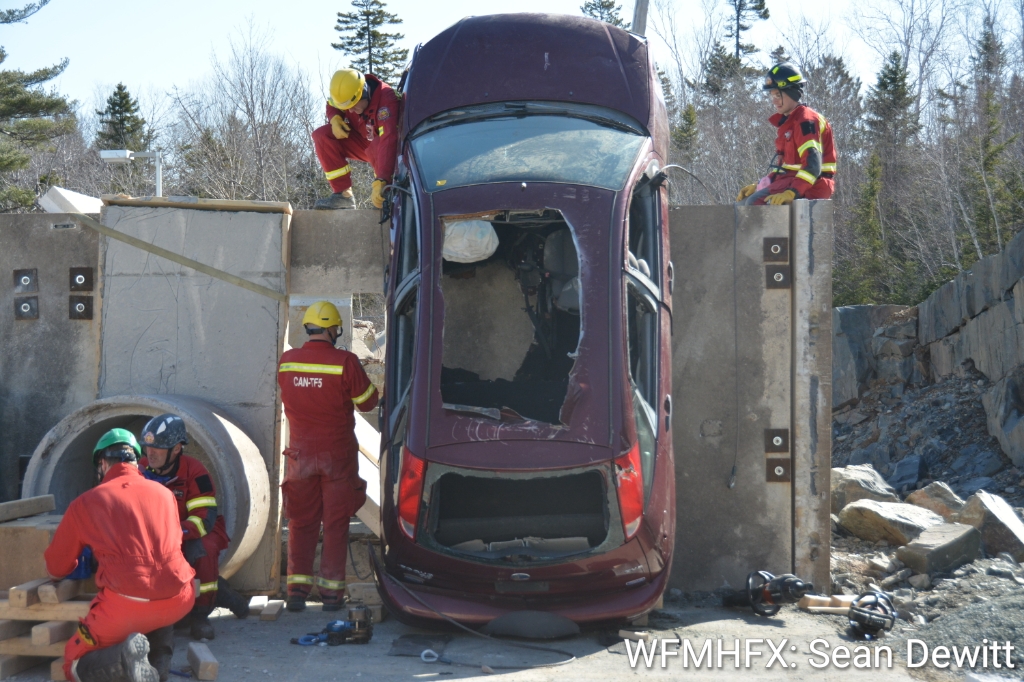
.
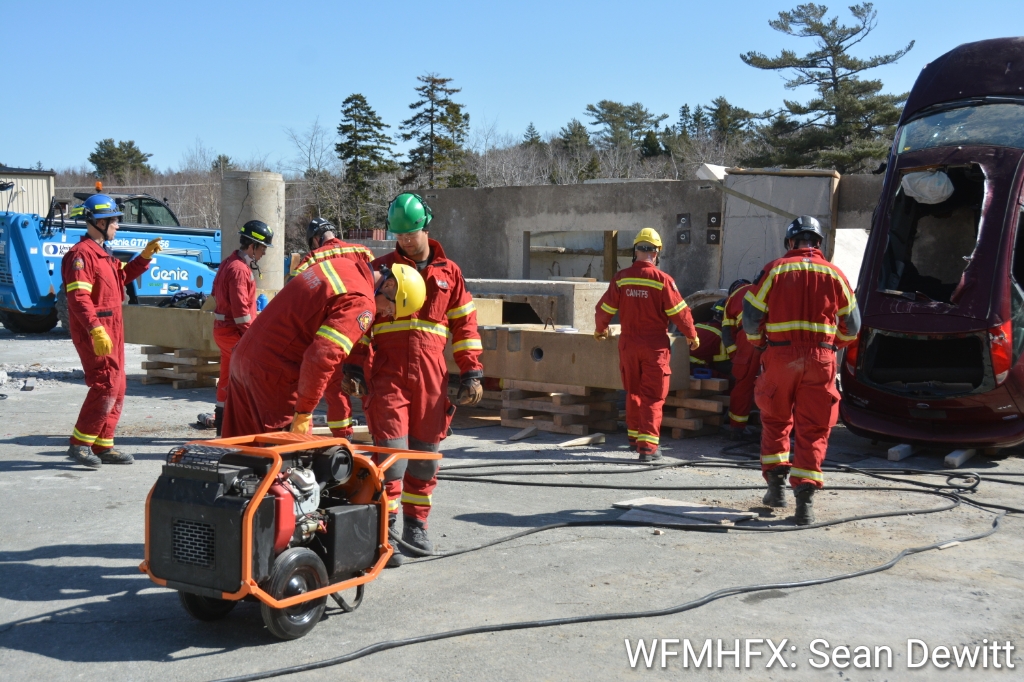
.
